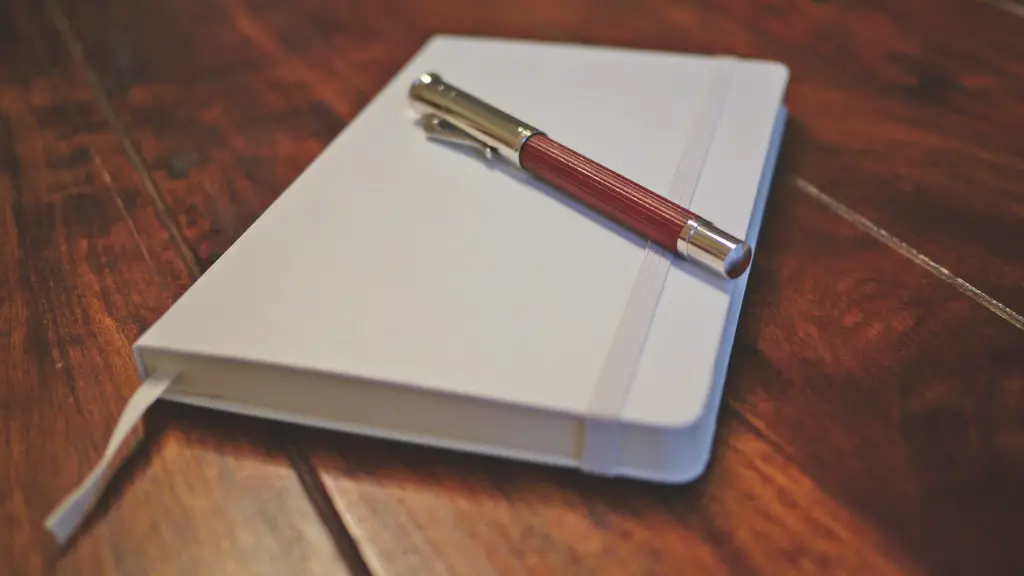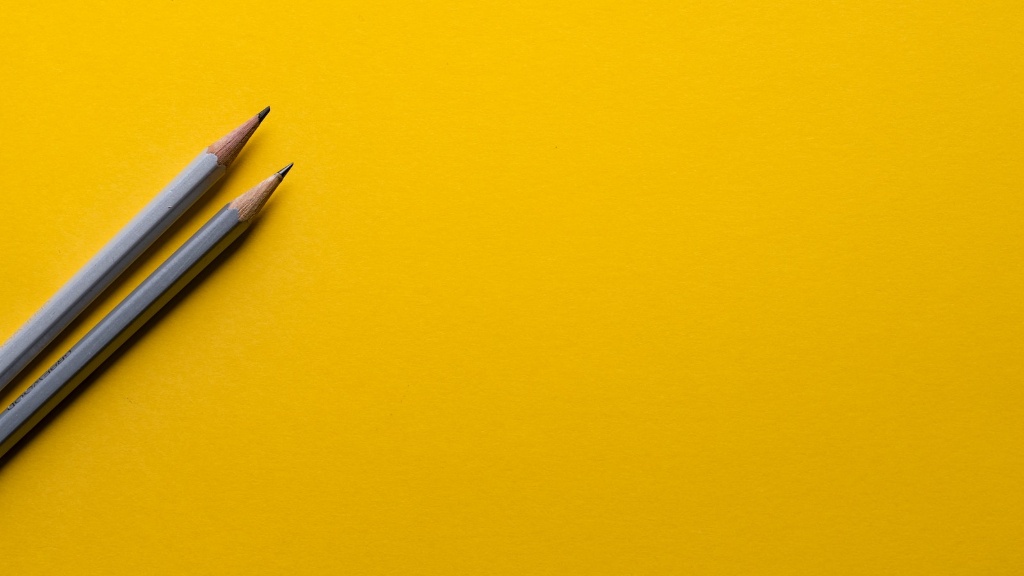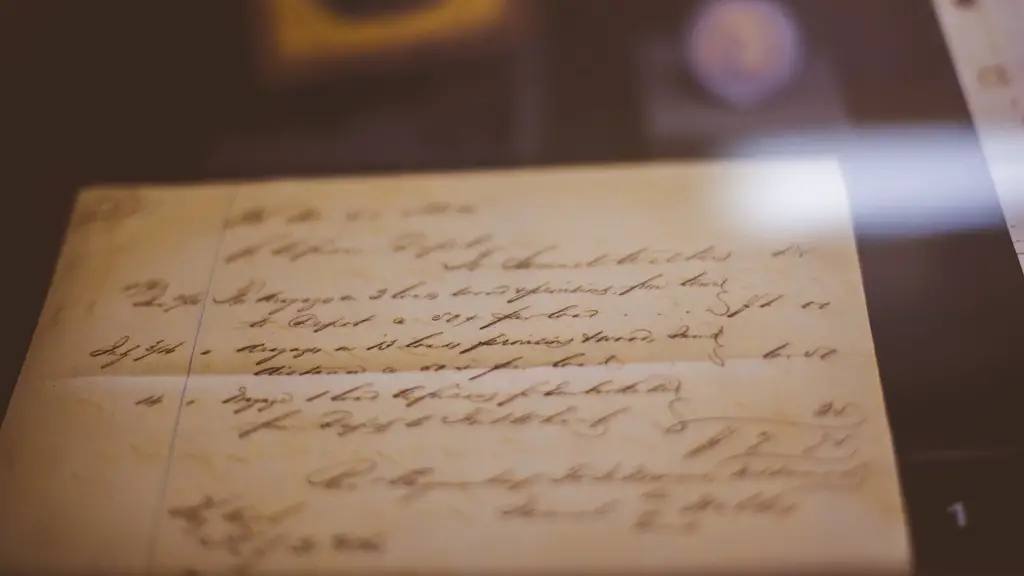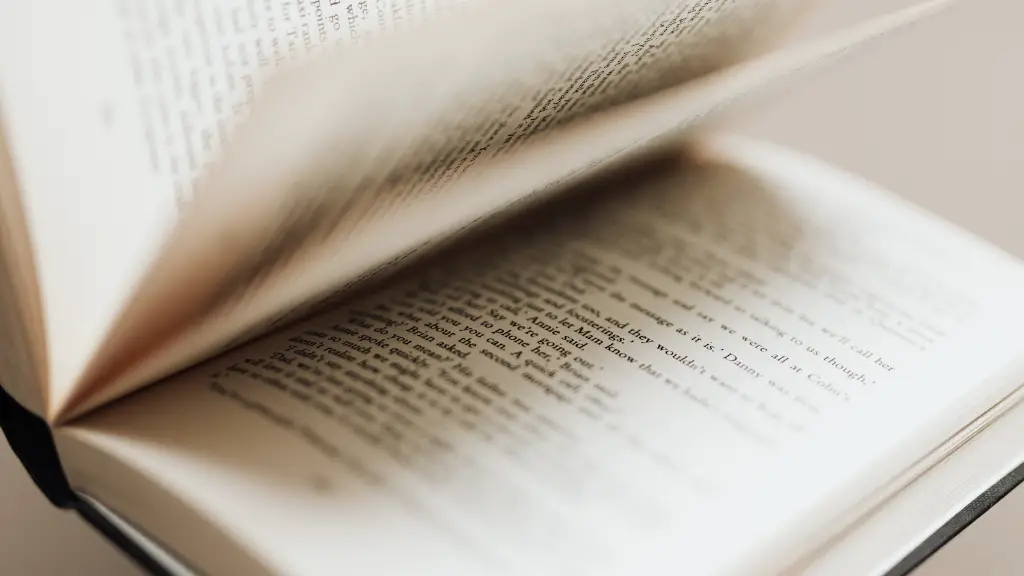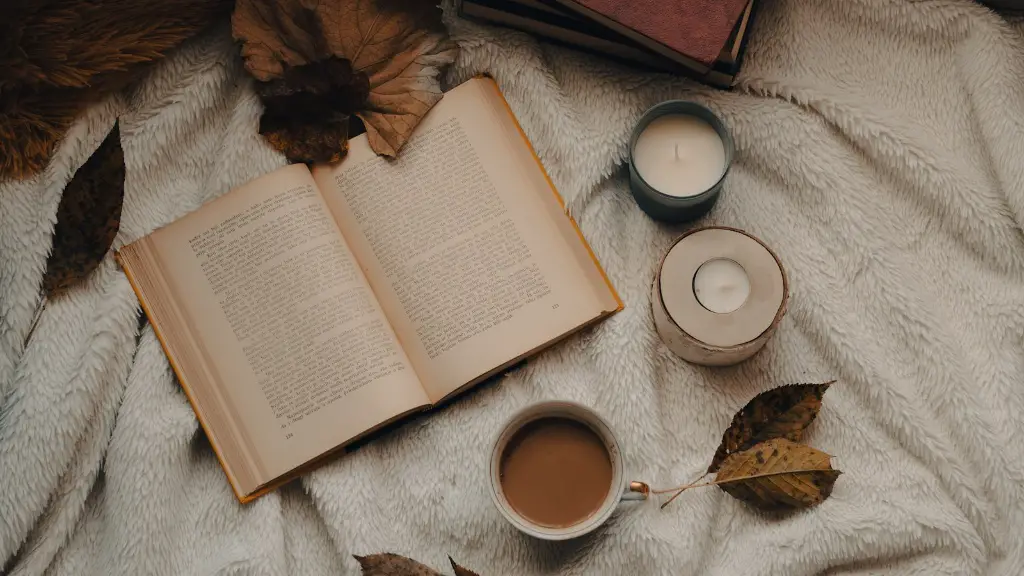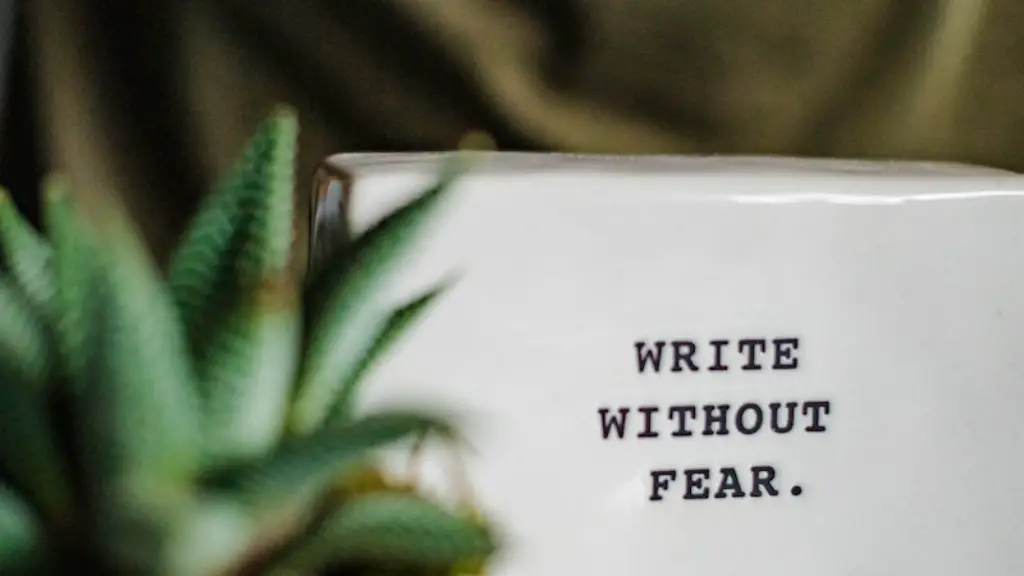A History of Irish Women’s Poetry
From the ancient Celtic bards to today’s contemporary spoken word artists, Irish women’s impact on the global literary landscape is hard to ignore. Over the centuries, Irish women have used poetry to celebrate life, to explore and express their emotional experiences and to question and confront attitudes. Irish poetry has had an immense influence on literary traditions around the world and throughout history.
Irish women’s poetry reaches back centuries. Poems such as the Lebor Gabála Érenn and Amra Choluim Chille bring to life the spiritual, episodic, and often feminist themes of Irish arts and literature. In the Medieval period, female monastic scribes began to punctuate these ancient tales with personal commentaries drawing attention to the feminine experience. These works included women writing about the beauty of the natural world, the power of love, and the transcendence of artistry.
In the eighteenth century, the poet Mary Tighe introduced a more romantic sensibility to Irish poetry. Her works such as Psyche, Or the Legend of Love, articulated the mysteries of the heart in passionate and often religious language. In the 19th century, Irish women began to identify their own distinct Catholicism and politics in their work.
Lady Isabella Augusta Gregory, a friend and collaborator of William Butler Yeats, was one of the first Irish women to inject a feminist perspective into her poetry. Her works, such as Kiltartan History Book, used myth and folklore to examine gender relationships and draw attention to the position of women in a patriarchal society.
In the twentieth century, modernist poet Elizabeth Bowen produced lyrical works that explored the conflict between personal identity and society, often through vivid imagery and intertextuality. She was also one of the first women to be published by Faber and Faber, a crucial step in the history of Irish female poetic literature.
In recent years, the Irish spoken word movement has seen a revival of women’s writing. Through events such as the Team Woman poetry slam and Belfast Book Festival, Irish women have been given the opportunity to share their unique and powerful perspectives on literature and life.
Today, Irish women writers combine the traditional and the modern, crafting works that are both personal and politically engaged. From important anthology collections like Neart: An Anthology of Irish and Irish-connected Woman Poets, to the continuing success of Irish women’s literary journals, Irish writers are making sure that their words are heard and appreciated in equal measure across the globe.
Contemporary Movements
With the explosion of modern technology, Irish women are increasingly connecting and sharing their work both nationally and internationally. Social media – and the huge opportunities it presents – has opened up the literary world to a diverse range of voices and perspectives. Platforms such as Word Up!, the national poetry project, have provided a platform for Irish poets to showcase their work, support each other and gain greater recognition for their creative outputs.
Today’s digital presence of Irish women’s poetry has generated a new wave of female empowerment. Through events like #Women’sWrites, Irish women are expressing and interrogating their experiences and perspectives through the spoken and written word. The collective sense of solidarity among women who come together to mark the same themes and celebrations is incredibly empowering.
For Irish women today, poetry provides an outlet to publicly express their lived experiences in an open and supportive environment.
Gaelic Poetry
The Irish poet Máire Mhac an tSaoi is one of the most renowned Irish female poets writing in the language of Gaelic. Originally from Dublin, Mhac an tSaoi has been tirelessly campaigning for the rights of the Irish language since the 1950s. Her best known works include Filíocht: An Saxbrain, a collection of verses considered to be among the most important works of Irish writing in the last century.
An tSaoi’s works have consistently challenged accepted notions of gender and politics throughout Irish literatural history. Her philosophy of ‘Tuig Gaeilge’ or understanding Irish, stresses the need to consider the language through a political, social and cultural perspective.
An tSaoi’s influence is still present in contemporary Irish poetry today, and she is seen as an emblem of the revival in Irish literary tradition.
Women’s Writing Magazines
The publication of women’s writing magazines in the 1980s provided an invaluable platform for Irish women poets. Magazines such as Doire Press and A Woman’s Place: An Anthology marked a major step forward for female writers in Ireland, finally providing them with somewhere to share their untold stories.
These magazines sparked an outpouring of stories, emotions, and identities from Irish female poets. Women writing about their everyday experiences with a newfound confidence were heard and respected unlike ever before. Feminist poets such as Eiléan Ní Chuilleanáin and Nuala Ní Dhomhnaill began to dominate the Irish literary scene and their work revolutionised the country’s understanding of the female experience.
In recent years, the influence of such magazines has opened up the literary world to an even greater diversity of voices, stories, and perspectives.
Influence of Music in Poetry
The influence of Irish traditional music is evident in many female poets’ works. Poets like Anne Greaney and Sinéad Morrissey blend contemporary and traditional themes to create unique and powerful readings. Greaney’s work, for example, often draws on the music of traditional Irish songs, combined with surreal and meditative elements to create something entirely new. Through this combination of classical and modern, Greaney is able to craft work that is both moving and timeless.
Irish women’s writing has long has a strong presence in both traditional and modern music, and many celebrated female poets have drawn on the nation’s musical heritage to create some of the most powerful works of modern poetry. The influence of music on Irish women’s writing is a sure indication of the health of the nation’s contemporary literature.
Workshops and Mentorship
Organisations such Poetry Ireland and Poetry London have provided invaluable outlets for Irish women’s writing. Through a range of workshops, seminars and mentorship programmes, aspiring poets can gain access to the advice and support needed for the creative process. Works such as the Women Writers and Poets project, which encourages an understanding of the changes in Irish society, and the Women Writing Mentorship Programme, which provides personal mentorship from established authors, have become increasingly popular.
These mentoring schemes and workshops provide an important platform for Irish women to learn about and celebrate their writing without the intimidation of the traditional literary world.
Literary Canon
Despite their successes, Irish women’s works have only recently been included in the literary canon. This has been largely attributed to the fact that feminist scholars, who often see value in and celebrate female authors, have only recently become part of the academic elite.
The original Irish literary canon, which was heavily male-dominated and influenced by the British literary scene, was often dismissive of female poets. This was in stark contrast to male authors, who were invited to join ‘Salons’ and exchange ideas with other leading writers and academics.
This situation has changed dramatically in recent years, and Irish women are now recognised as major contributors to Irish literature. The country’s leading critics and scholars, men and women alike, are now looking beyond the traditional canon to uncover and celebrate the works of the nation’s female writers.
The Future
As feminism takes a more prominent role in contemporary Irish culture, female authors and poets are increasingly being given opportunities to express themselves honestly, boldly, and without fear of criticism. From spoken word slams to international literary festivals, Irish women are working hard to ensure that their writing is heard across the world.
Though the history and future of Irish women’s poetry is still being written, its importance to the Irish literary landscape is undeniable. As Irish women continue to be celebrated and supported in their work, future generations will embrace the unique and powerful perspectives found in Irish poetry.
